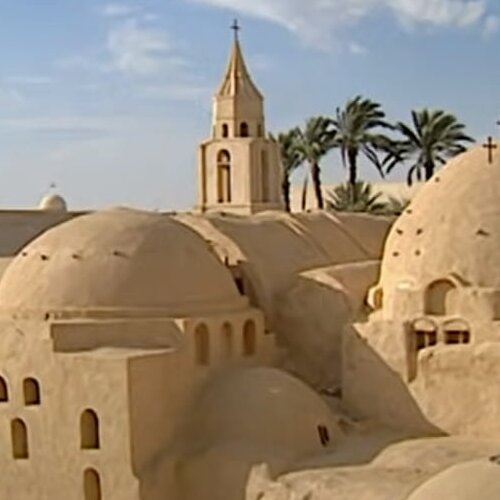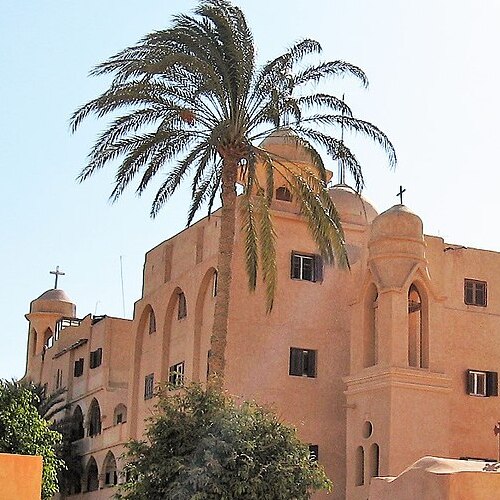No other nation in the world says ‘Welcome’ as often as the Egyptians, and every time, they mean it. While the ancient civilization of Egypt continues to amaze, contemporary Egyptians are equally remarkable.
The Climate and Best Times to Visit Wadi Al-Natron
Wadi Al-Natron Climate Guide: Best Times to Visit
Understanding the climate best times to visit Wadi Al-Natron is crucial for maximizing your experience in this tranquil region. The weather here is characterized by its arid desert climate, offering warm days and cooler nights throughout the year. However, variations do occur across seasons, affecting everything from what you'll pack to the activities you'll enjoy.
1. Average Temperature Ranges
Spring (March to May):
- Day: 22°C to 30°C (72°F to 86°F)
- Night: 10°C to 15°C (50°F to 59°F)
Summer (June to August):
- Day: 30°C to 35°C (86°F to 95°F)
- Night: 20°C to 25°C (68°F to 77°F)
Fall (September to November):
- Day: 25°C to 30°C (77°F to 86°F)
- Night: 15°C to 20°C (59°F to 68°F)
Winter (December to February):
- Day: 18°C to 22°C (64°F to 72°F)
- Night: 8°C to 12°C (46°F to 54°F)
2. Seasonal Weather Variations
- Spring: This season sees a gradual increase in temperature but remains pleasant, making it one of the climate best times to visit. Occasional sandstorms can occur, known locally as "Khamsin," usually brief but intense.
- Summer: Marked by its peak temperatures, it can get quite hot, especially midday. Nights are significantly cooler, offering a respite from the heat.
- Fall: Similar to spring, the weather becomes milder, making outdoor activities enjoyable. It's the ideal time for sightseeing, with fewer instances of extreme weather.
- Winter: The coolest season, with occasional rain showers, though they're rare. It's generally sunny, offering comfortable conditions for exploring.
3. Recommendations for the Best Months to Visit
For the climate best times, planning your visit during Spring (March to May) or Fall (September to November) is advisable. These months offer moderate temperatures, making it perfect for exploring the natural and historical sites of Wadi Al-Natron without the extremes of summer heat or the cooler winter air.
4. Clothing and Gear for Each Season
- Spring and Fall: Light clothing for daytime, with layers for cooler evenings. Comfortable walking shoes are a must.
- Summer: Light, breathable fabrics, a wide-brimmed hat, sunglasses, and sunscreen to protect against the sun. Consider a light jacket for cooler nights.
- Winter: Warm clothing and layers to adjust to the day-to-night temperature variations. A sturdy pair of shoes for outdoor activities is recommended.
5. Additional Travel Tips
- Outdoor Activities: Early morning or late afternoon are the best times for outdoor adventures to avoid the midday heat, especially in summer.
- Cultural Events: Check local calendars for festivals and events, as Wadi Al-Natron hosts several cultural activities that highlight its rich heritage, particularly enjoyable in the pleasant weather of spring and fall. Incorporating the climate best times into your travel planning for Wadi Al-Natron not only ensures a comfortable visit but also enriches your experience, allowing you to immerse in the beauty and tranquility of this unique Egyptian oasis. Whether you're exploring ancient monasteries, marveling at the natural salt lakes, or simply soaking in the serene desert landscape, Wadi Al-Natron offers a timeless escape, with weather conditions playing a crucial role in your journey's enjoyment.
Created On March 18, 2020
Updated On Aug , 2024
WADI AL NATRON Travel Guide



